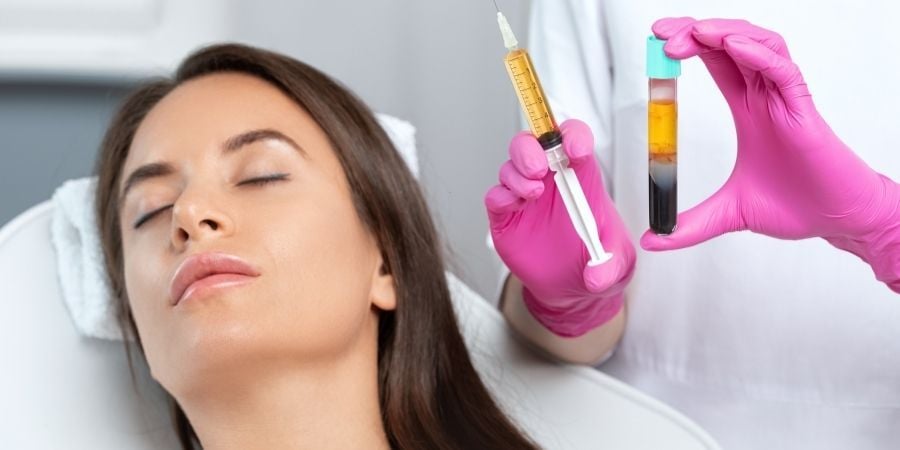Hyperpigmentation is a common skin concern characterised by darkened patches or spots on the skin, resulting from an excess production of melanin. This condition can appear on different parts of the body but is most commonly seen on the face, hands, chest and other areas frequently exposed to the sun.
There are several types of hyperpigmentation, each with different causes. For example, sun exposure can lead to sun spots, which are flat, dark areas that develop due to UV damage. Liver spots are similar to sun spots but are more closely related to the natural ageing process and cumulative sun exposure. Post-inflammatory hyperpigmentation occurs after the skin has been inflamed or injured, after acne breakouts for example. Melasma, a type of hyperpigmentation often triggered by hormonal changes, presents as larger, irregular patches on the face.
Treating hyperpigmentation effectively requires a personalised approach. A combination of professional treatments and a tailored skincare regimen can help reduce these dark spots and even out skin tone. Our skin specialists can develop a personalised plan, incorporating treatments like peels, laser and topical products designed to address your specific type of hyperpigmentation.
%20(1200%20x%20250%20px)%20(1200%20x%20350%20px).webp?width=2000&height=583&name=The%20Hampton%20Clinic%20Square%20(1200%20x%20628%20px)%20(1200%20x%20250%20px)%20(1200%20x%20350%20px).webp)
Here are four of the most common forms of hyperpigmentation, each with their own unique characteristics:
Sun spots: These appear as small, flat, darkened areas on the skin, often with well-defined edges. They develop after sun damage on the face and body, and can vary in size from a few millimeters to several centimeters.
Age spots: Age spots are similar to sun spots but are generally more numerous and can become larger over time. They usually appear as rounded, dark brown or black patches on the hands, chest, face and arms, and their appearance often correlates with long-term sun exposure.
Post-inflammatory hyperpigmentation (PIH): These dark spots occur following an inflammatory event like acne or eczema. They can vary in color from red to brown to purple, and may have irregular borders. PIH often resolves with time but can be persistent if not treated.
Melasma: Melasma presents as large, irregularly shaped patches of dark skin, typically on the cheeks, forehead and upper lip. The patches are usually symmetrical on both sides of the face, and can range from light brown to dark brown. Melasma is often triggered by hormonal changes, such as pregnancy or birth control use, and is aggravated by sun exposure.
Addressing hyperpigmentation requires a thoughtful skincare plan, and our team is here to support you. By assessing the unique factors affecting your hyperpigmentation, we’ll develop a personalised strategy that aligns with your skin needs and budget, helping you achieve noticeable and lasting improvements.
Here are some of the treatments we might recommend for hyperpigmentation:
Often, a combination of treatments is the most effective approach. Book your skin consultation for an in-person assessment.
%20(1).jpg)
Sep 12, 2025 5:15:00 PM
-1.jpg)
Sep 4, 2025 3:15:00 PM

Aug 27, 2025 12:30:00 PM

Aug 20, 2025 1:30:00 PM

Copyright @ 2025 The Hampton Clinic